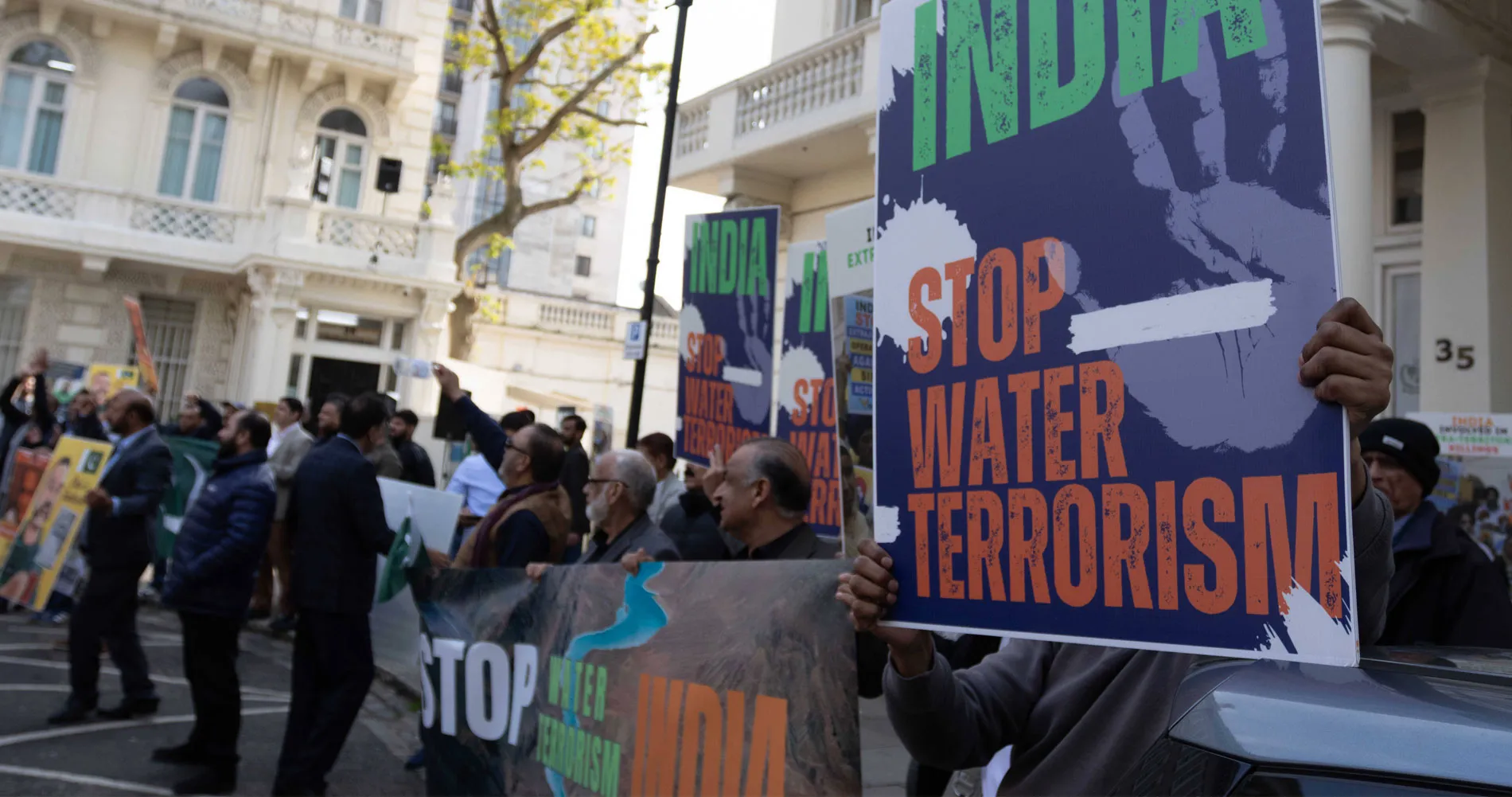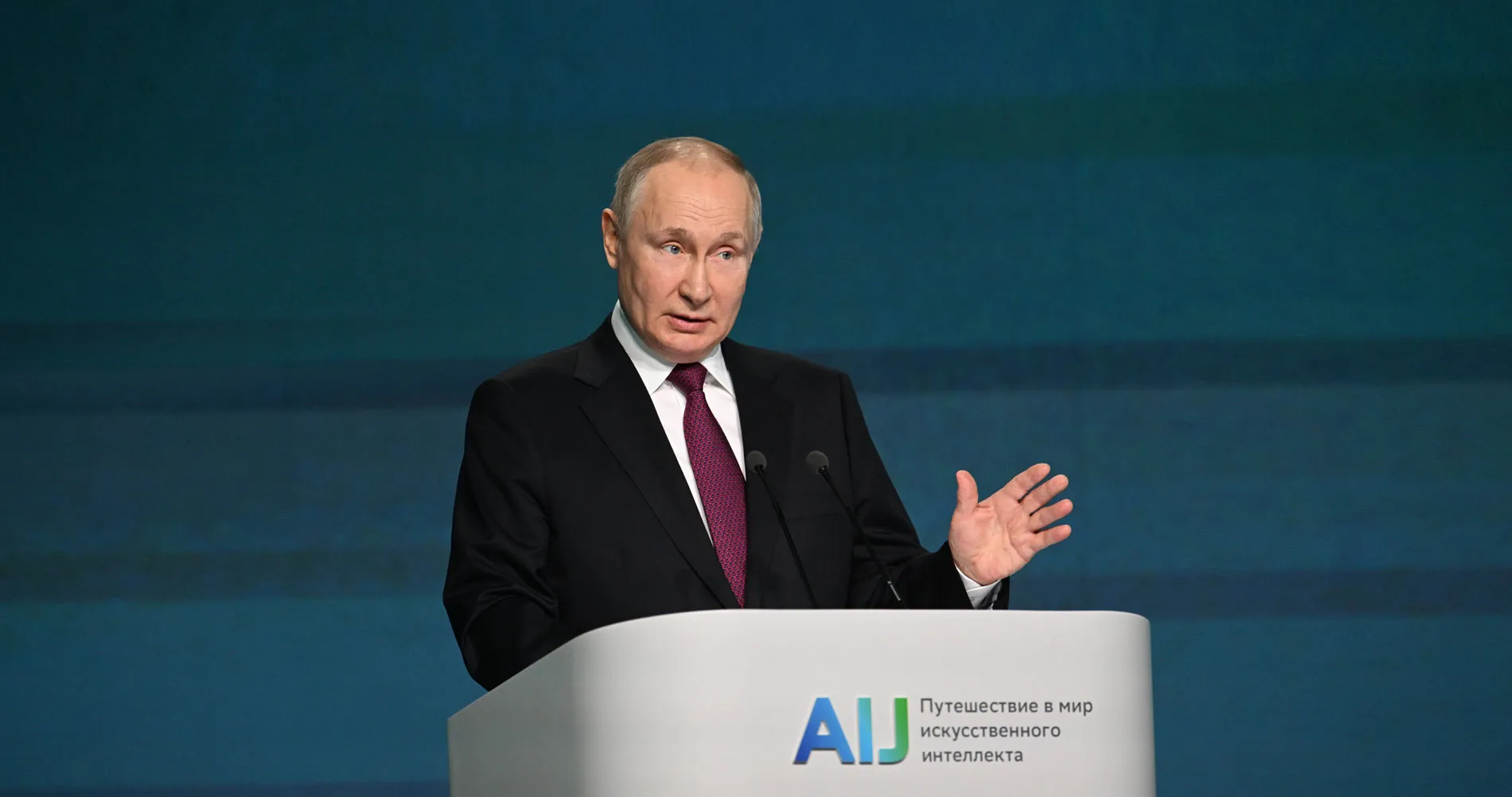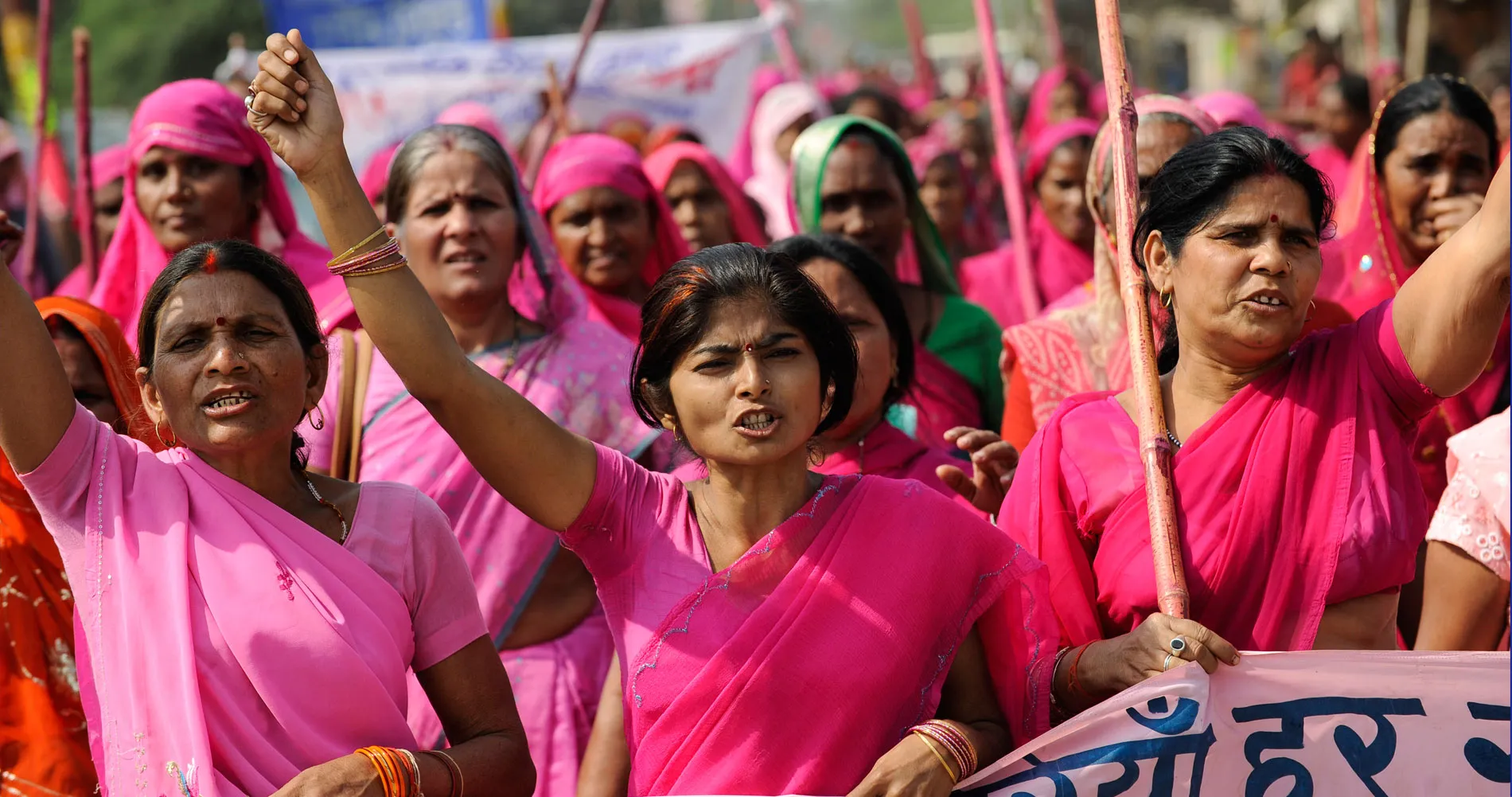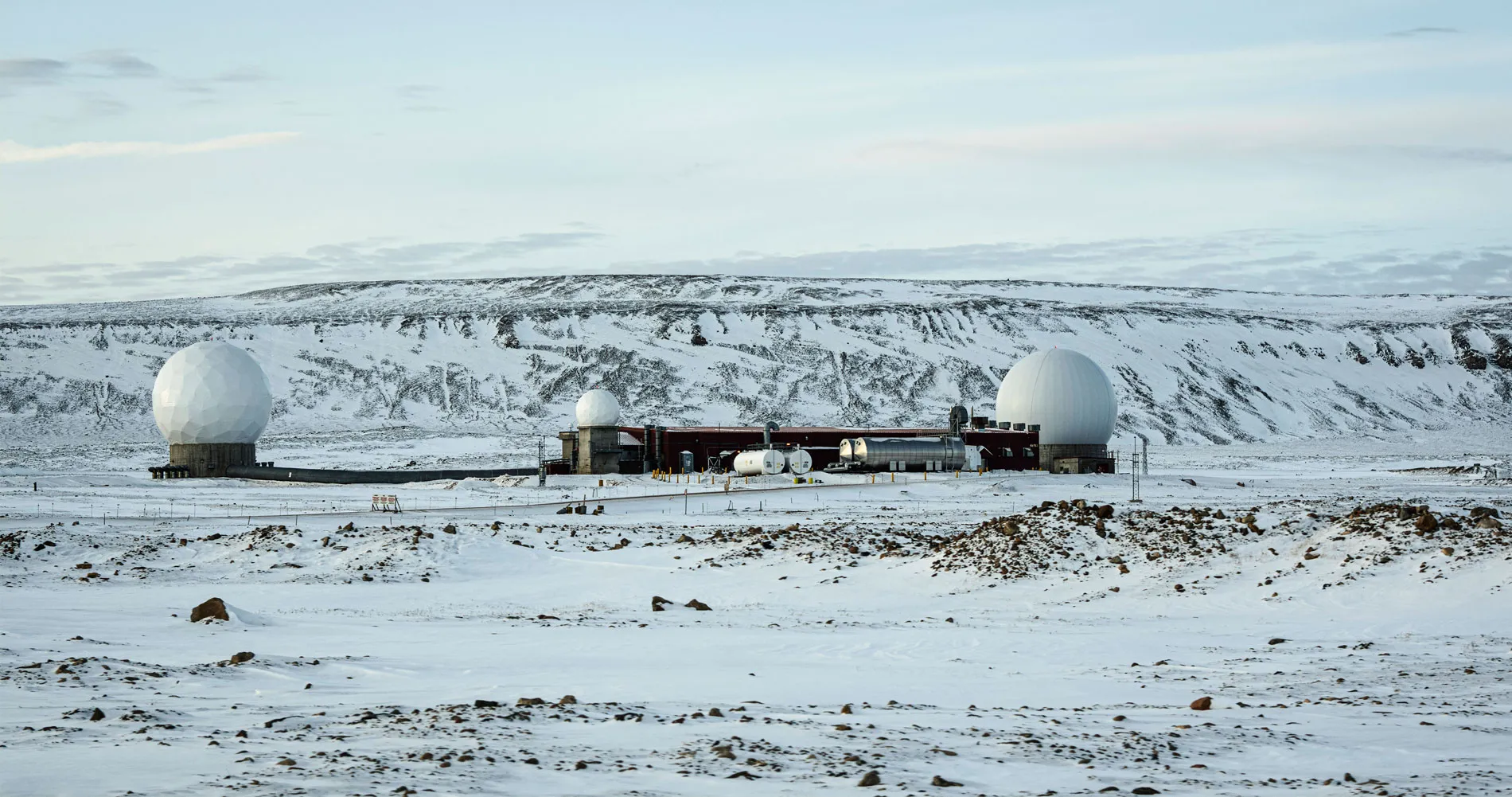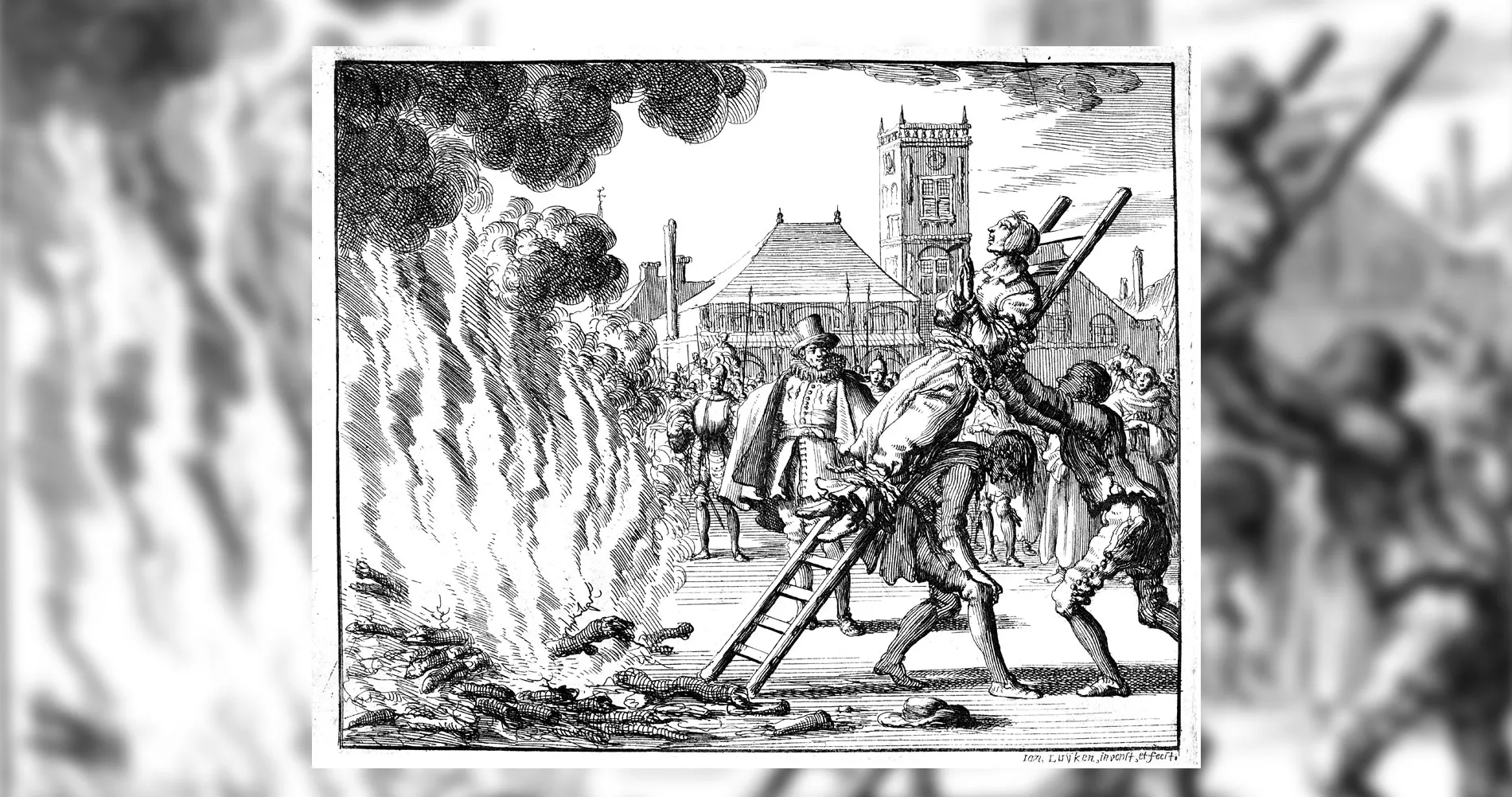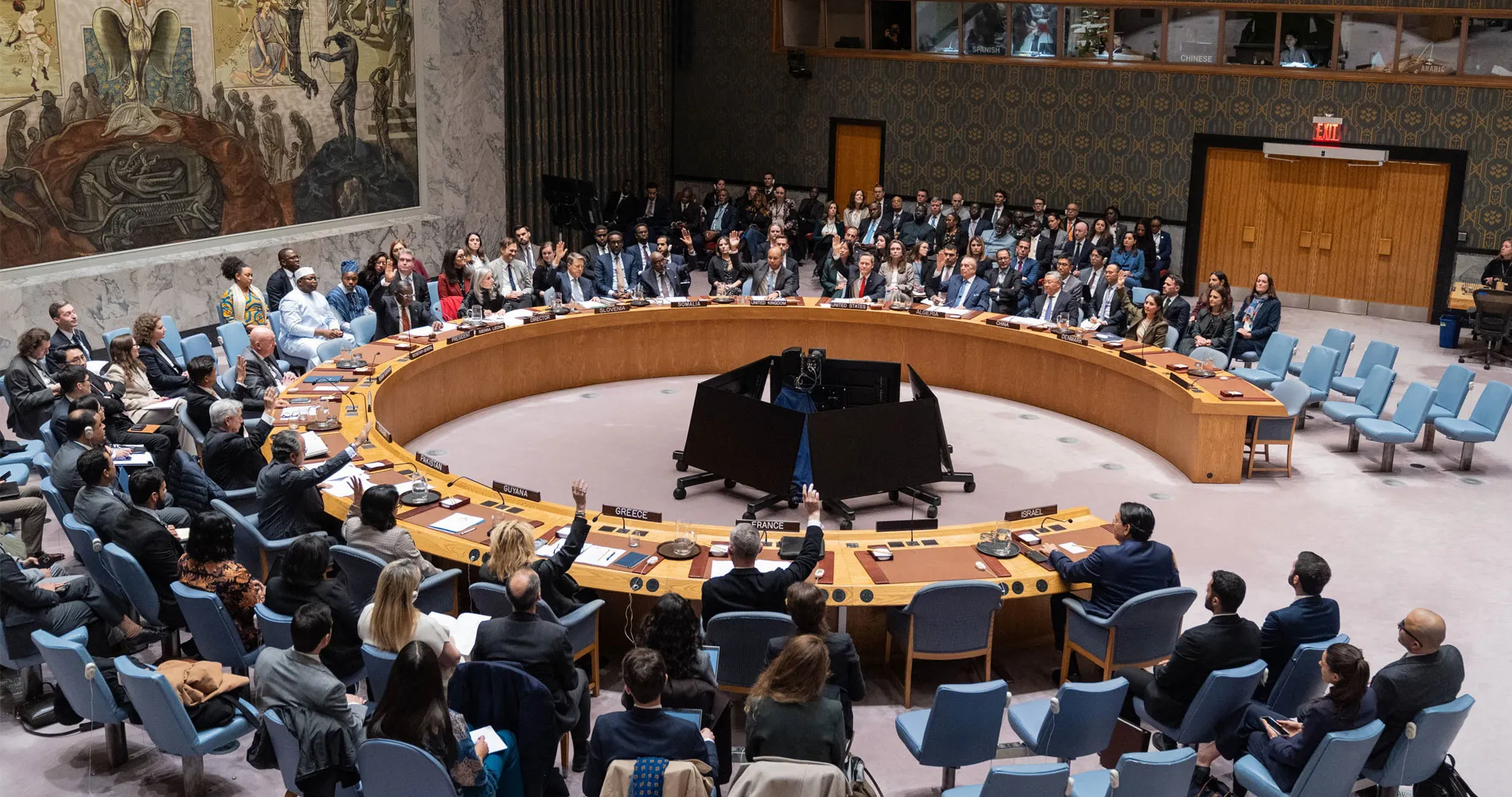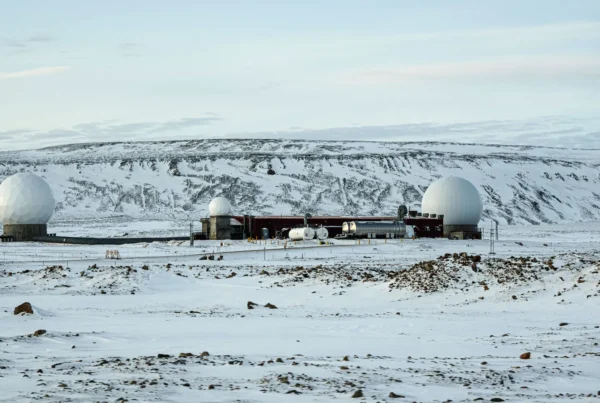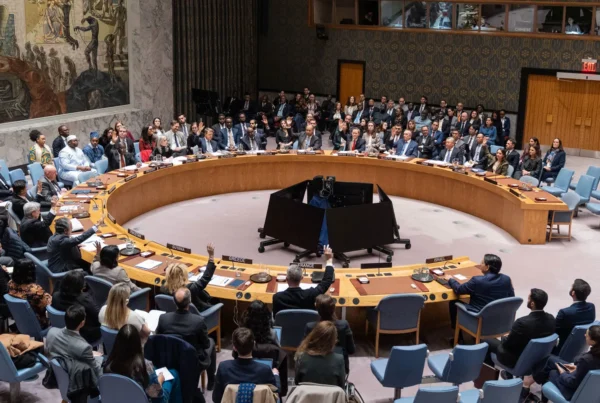Terrorist attack on 22 April 2025 in India-controlled city of Pahalgam in the Kashmir region resulted in 26 people killed and 20 injured. Shortly after, India accused Pakistan of supporting this terrorist attack and responded with cross-border strikes. This triggered one of the most intense military exchanges between the two countries in decades, involving missiles, drones, artillery, and air raids. Will the nuclear powers go nuclear over Kashmir?
Egor Balalykin
4 July 2025
French version
Many of today’s conflicts date back to Great Britain’s not-so-great colonial past. Kashmir is a prime example.
In 1947, India and Pakistan were established on the territory of the British colony of the Indian Union. The British allowed local principalities to choose between joining India or Pakistan. Jammu and Kashmir had a Muslim-majority population but were ruled by a Hindu Maharaja. When armed tribal fighters from Pakistan invaded the state, the Maharaja sought Indian military help and signed the Instrument of Accession to India, leading to the first war between India and Pakistan. After 78 year the conflict over Kashmir has persisted and recently escalated dramatically.
On 22 April 2025, five members of the terrorist organization Lashkar-e-Taiba, opposing accession to India, armed with machine guns, attacked a group of tourists in the city of Pahalgam in India-administered part of the Kashmir region. These events provoked a harsh reaction from New Delhi, including accusations of Pakistani support for terrorist and insurgent activities in the region.
India’s reaction included a withdrawal from the Indus Water Treaty of 1960 0n 23 April. The Treaty was signed in 1960 by India and Pakistan with World Bank mediation. It was designed to manage and share the waters of the Indus River basin. The treaty allocated the three eastern rivers — Ravi, Beas, and Sutlej — primarily to India, and the three western rivers — Indus, Jhelum, and Chenab — predominantly to Pakistan, granting each country preferential usage rights of each rivers’ respective water resources.
In the past, despite periodic border military conflicts, both countries had strictly observed this agreement. After the terrorist attack, Indian officials accused Islamabad of providing a safe haven and support to the perpetrators. “The Indus Waters Treaty of 1960 will be held in abeyance with immediate effect, until Pakistan credibly and irrevocably abjures its support for cross-border terrorism”, Indian Foreign Secretary Vikram Misri stated. In case of escalation, India may limit the flow of waters toward Pakistan or, conversely, provoke floods by building dams.
An arguably even more remarkable change followed the next day. After India suspended the Indus Waters Treaty, Pakistan announced the suspension of the Simla Agreement of 1972. It was a peace treaty that ended the Second Indo-Pakistani war of 1971 and was of great importance for stabilizing between New Delhi and Islamabad: two countries with a complicated troubled history.
Pakistan originally consisted of two parts: the current territory of the state by the same name and East Pakistan, which was separated from Pakistan by India. In 1971, East Pakistan was the cause of a war of independence. India intervened to support the rebels, resulting in the formation of Bangladesh. In 1972, Indian Prime Minister Indira Gandhi and Pakistani President Zulfikar Ali Bhutto signed the Simla Agreement, which was crucial for bilateral relations. It not only stopped the fighting between the countries, but also included an important provision regarding the disputed region of Jammu and Kashmir.
By signing the Simla Agreement in 1971, the parties pledged to respect each other’s territorial integrity and committed not to violate the status quo in Kashmir. They also agreed to refrain from using military force to establish full control over the entire region and formally established the Line of Control (LoC) — the de facto border between Pakistan and Indian-controlled territory. In effect, this agreement was intended to prevent a new full-scale war between the countries.
Unfortunately, Simla did not resolve the final status of Kashmir. Border skirmishes and low-intensity conflicts have periodically occurred between the countries. However, despite all the difficulties, a full-scale war has been avoided – until now. Peace in South Asia is once again under serious threat.
Despite the unprecedented escalation and military engagements, India and Pakistan can still resolve the conflict through diplomacy. Changing the LoC in Kashmir at the cost of hundreds of billions in economic losses and massive human casualties is not a realistic or acceptable trade-off for either side.
As long as neither party formally terminates the Agreement hope for a diplomatic solution remains. The control over the vital Indus waters by India may pressure Islamabad into curtailing financial and diplomatic support for pro-Pakistani insurgents in Kashmir.
While the ongoing tension is causing global concern, the current “military operation” between Israel Iran has taken over the headlines. Both New Delhi and Islamabad possess nuclear weapons. Pakistani military doctrine includes the readiness to use nuclear weapons even in the event of a conventional attack, an attack by a foreign state without using nuclear weapons. The threat of a nuclear escalation remains. Pakistan’s former Foreign Minister Bilawal Bhutto Zardari, speaking in Washington on 11 June, warned that the “threshold for war” between the nuclear-armed neighbors has never been lower, calling India’s threats to restrict water access an “act of war”.
The possibility of great power involvement remains. China, which has ongoing border disputes with India and is a long-time ally of Pakistan, could support the latter in the event of large-scale hostilities. The US, which has strained relations with China, may also support India, fearing a shift in the balance of power in South Asia in favor of its strategic rival.
Pakistan has announced a significant increase in defense spending—raising its military budget by nearly 20 percent—indicating that the current standoff may evolve into a long-term strategic standoff. As of the time of publication, the ceasefire between India and Pakistan remains in effect.


